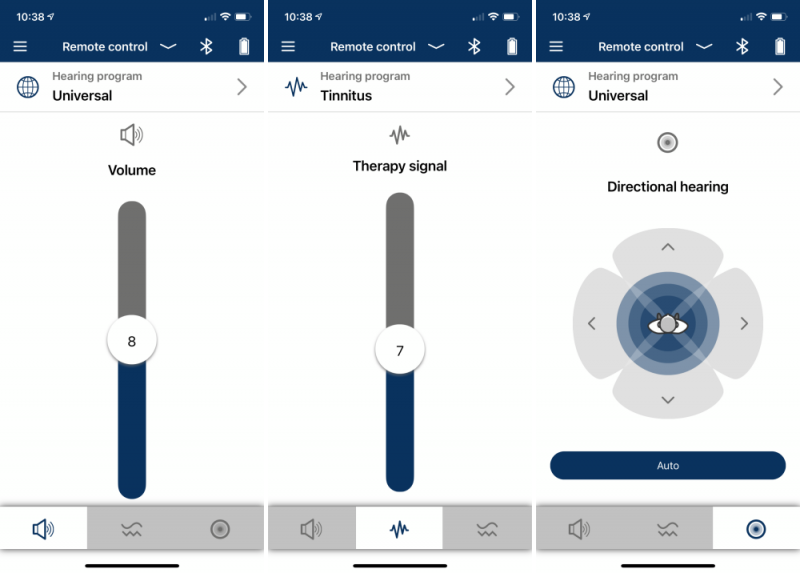

In fact, even the drivers in the QC45 are unchanged from the QC35 II.Īs with previous Bose noise-cancelling headphones, the QC45 are built with travel in mind their double-hinge feature means they can be folded up for easy storage in the included carry case. The location of the physical buttons – four buttons on the right ear cup for power, volume and playback one on the left for switching between the two noise-cancelling and transparency modes – remain. Nevertheless, for anyone who wanted to see what Bose’s design team might produce if given free rein to tear up the QuietComfort rule book and start again, the wait continues.ĭimensions (hwd) 18.4cm x 15.24cm x 7.62cm The subtlety of the updates here are hardly surprising considering the incremental upgrades Bose has made historically between headphone iterations (and those that Sony made between its XM3 and XM4, for instance) and it’ll come as welcome news to QC35 II owners that their cans certainly won’t look dated against the newer model – if it ain’t broke, etc.

The plastic also feels marginally more streamlined with smaller gaps between casework elements, but you have to look really closely to spot any of this. They now have vents, in a bid to add depth and fullness without increasing their size, and Bose has apparently reinforced the headband with glass-filled nylon to protect them when dropped and to help maintain their shape. There are also some very minor tweaks to the earcups. The underside padded portion of the headband is now smooth rather than suede-like, too, and the earpads are no longer pleated. In a game of spot-the-difference between the two, look closely and you’ll find a USB-C charging port instead of the now archaic micro USB.

Anyone hoping for a complete revamp of the 2019-released QC35 II (which are themselves minor updates on the 2016-launched QC35), brace yourselves: the QC45 are virtually indistinguishable from their predecessor – visually, at least.


 0 kommentar(er)
0 kommentar(er)
